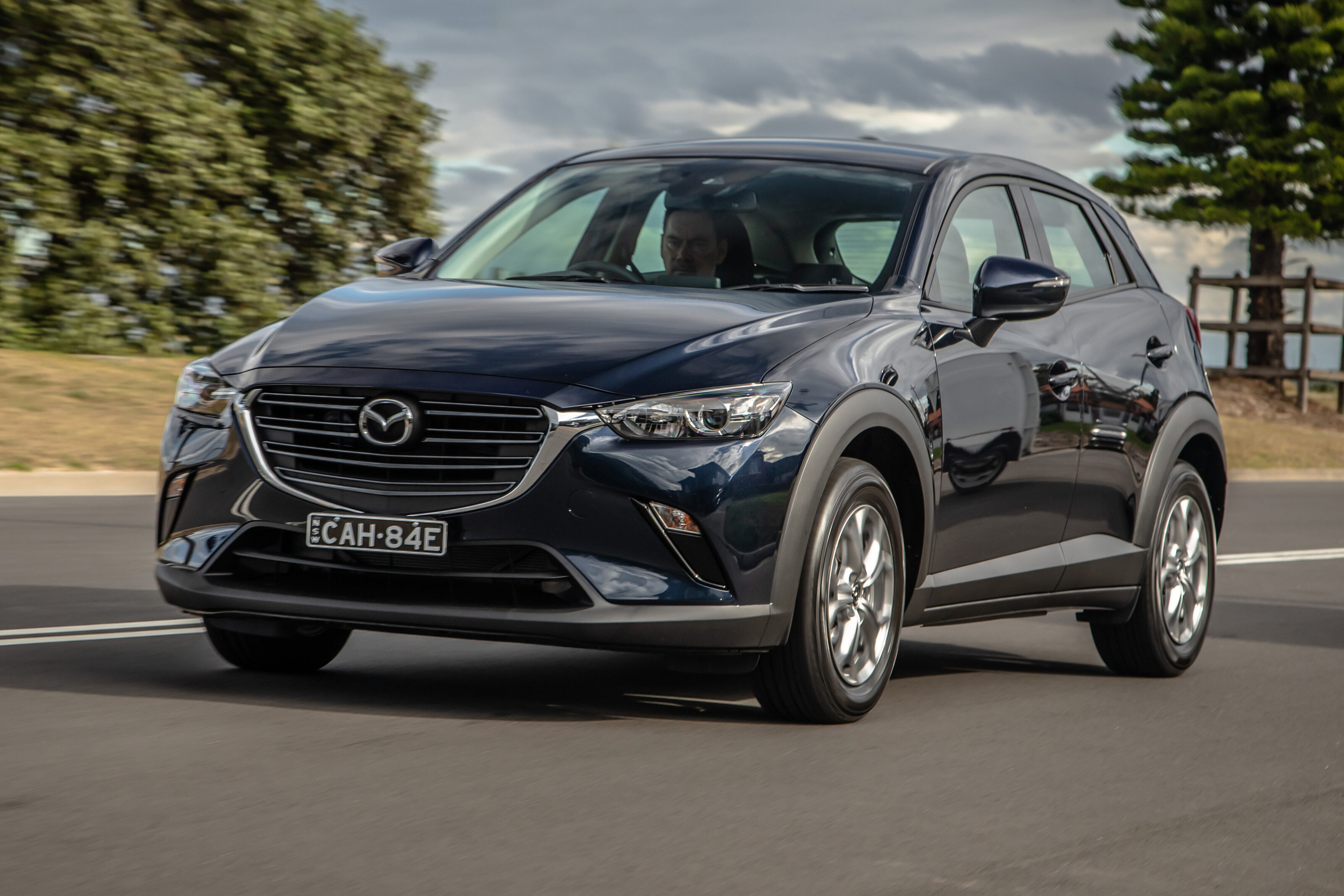
Score breakdown
Things we like
- Sporty charm
- Brand resilience
- Friendly handling
Not so much
- Gruff powertrain
- Cramped accommodation and boot space
- Compromised infotainment
A wise cove once suggested you don’t break perfectly fixed things, or words to that general effect. And motoring is as crafty as any industry at presenting a new spin in pursuit of freshness while essentially leaving familiar things largely alone, whether it’s warranted or not.
Does the current Mazda CX-3 generation, six years in its local innings and still hitting boundaries and lining Aussie driveways, warrant breaking, let alone fixing? As its compact SUV segment’s golden calf, most certainly not (quite yet). But here it is, the “new” CX-3 according to Mazda marketeers: newer, it seems, than the conspicuously fresher faced and more contemporary CX-30 sibling.
Are you squinting as hard as I am…?
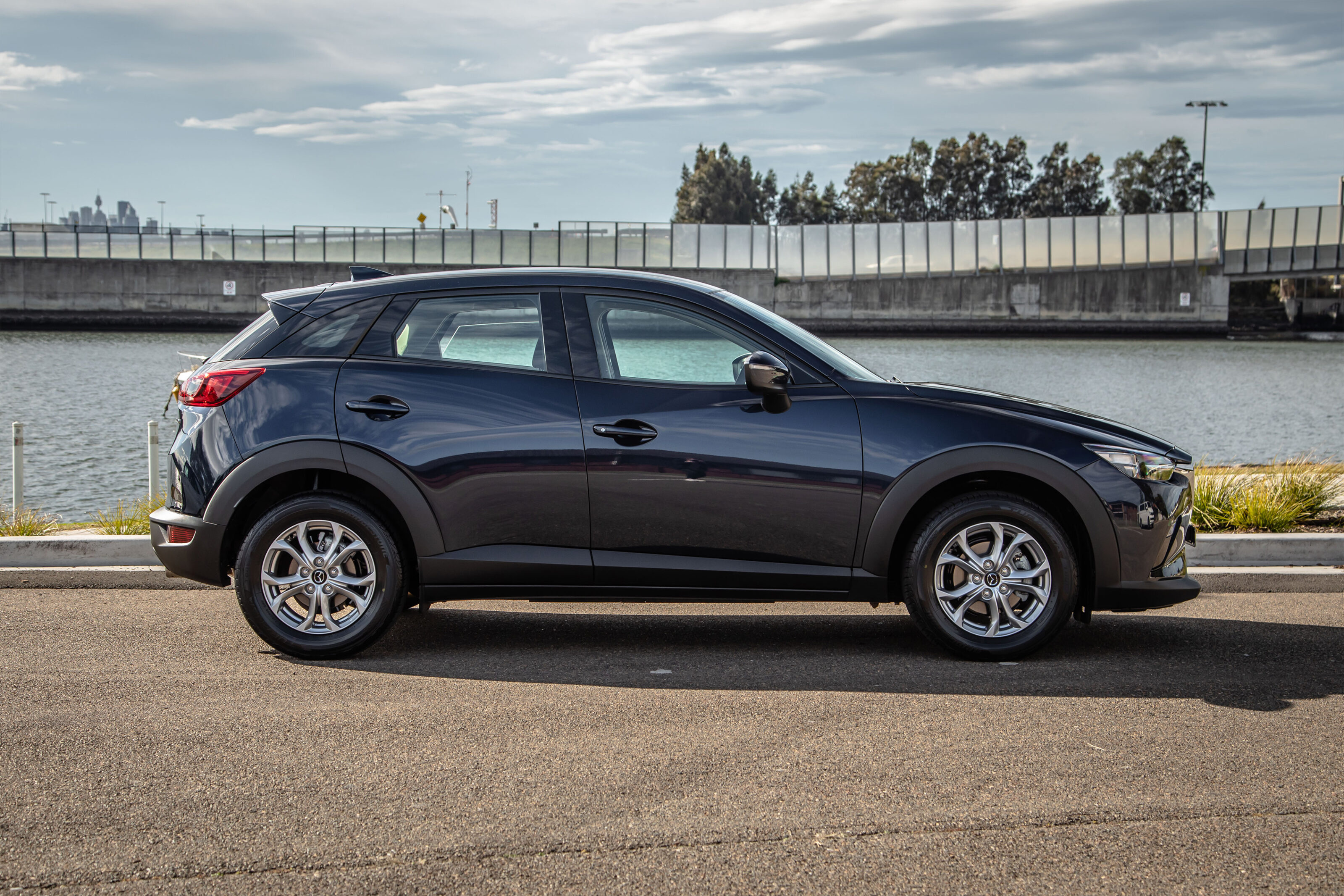
The CX-3 range has been refreshed for 2021, the latest of a good many, including 2019’s facial nip and tuck, which giveth in the form of a new, fancier ‘LE’ version of the Maxx Sport and taketh from the powertrain menu, with diesel options being axed. There are detail changes too, of course, but in the case of staple variants such as our Maxx Sport FWD auto tester, arguably the anchorpoint for the CX-3’s cheapish and mostly cheerful pitch, owners past and present might find the latest iteration nigh on indistinguishably familiar.
Familiarity is most surely a big CX-3 drawcard. That’s because against the likes of Skoda Kamiq and Volkswagen T-Cross it’s a technical luddite, it doesn’t play the efficiency card like Toyota’s hybrid Yaris Cross does, nor is it as rewarding to drive as Ford’s Puma, as fresh as Kia’s Stonic or as funky as Hyundai’s Venue. And yet Mazda’s glacially evolved stalwart still dominates all relative newcomers by planting more Aussie bums in seats.

Perhaps the biggest change for CX-3 is that it now ought to sit comfortably under the slightly larger, more modernistic CX-30 as My First Mazda SUV/Crossover or thrifty runabout, matching what’s – let’s face it – a humbler manner for what ought to be a suitably less pretentious price point. And so it does: the CX-3 advertises from $22,890 before on-road costs for the Neo Sport manual, the CX-30 kicking off at $28,990 plus costs for the G20 Pure manual. Driven away, the walk-up for the latter is almost eight grand ($24,990 versus $32,960), a fortune at this pricing tier.
But the front-driven Maxx Sport, with auto, is more staple CX-3 fare, elevated above the base-model doldrums with a broader safety assistance net, if sidestepping pricier and arguably superfluous all-wheel drive and another four nameplate grades of extravagance that, if you include the 100th Anniversary limited edition, makes for 11 pricier CX-3 variants.
Mazda’s glacially evolved stalwart still dominates all relative newcomers by planting more Aussie bums in seats.
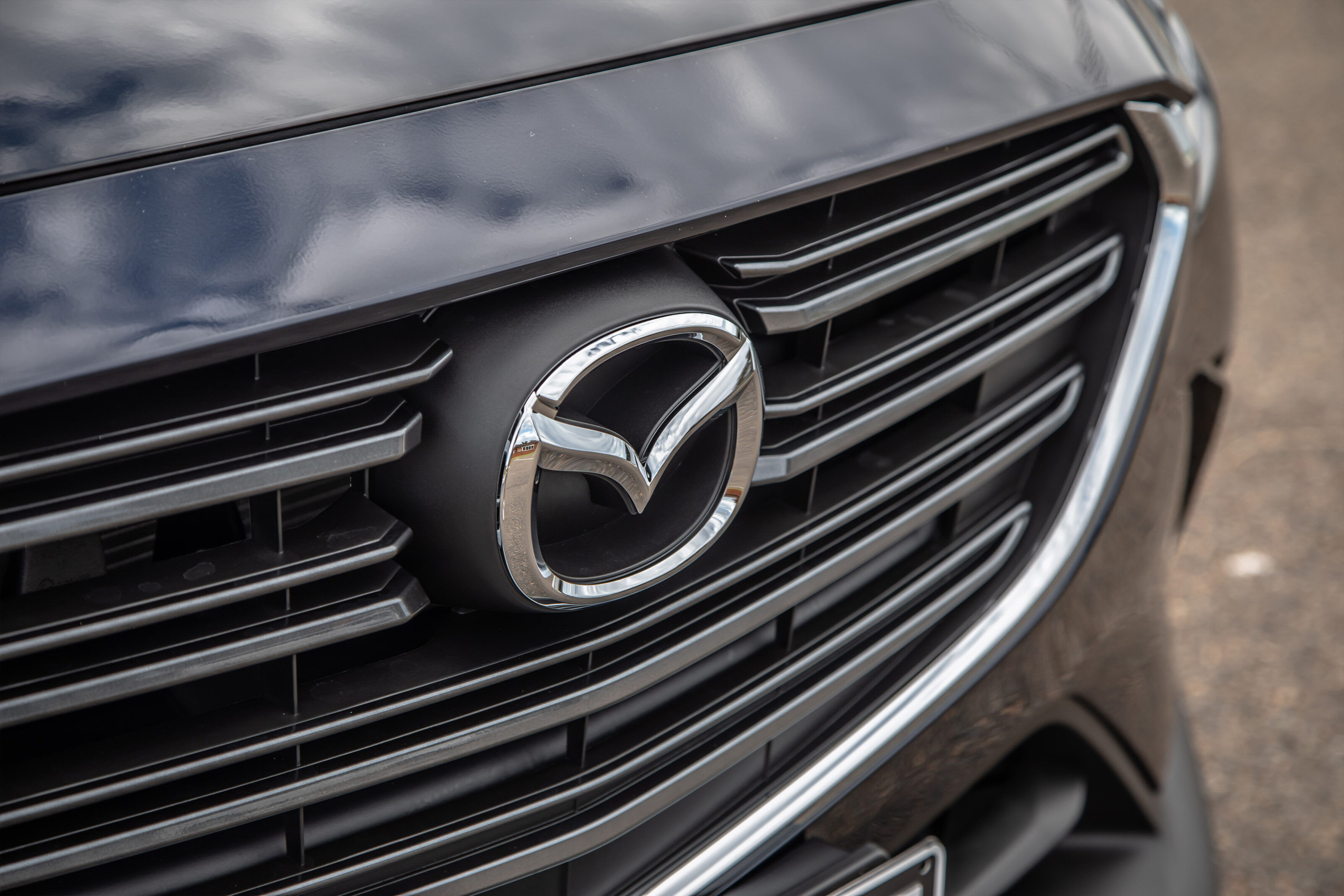
Thing is, the Maxx Sport FWD auto’s $26,890 list becomes a tenner under $30K parked in your car space and this sort of coin brings a dizzying array of alternatives, not just in compact SUV/crossover terms but in the plus-sized small SUV segment, too. And right where volatile drive-away offer pricing is notoriously rife.
So what does MY21 bring to shore up the CX-3’s dominant position in Maxx Sport guise? Its AEB system gains night-time pedestrian detection, the seats have been redesigned for extra comfort, the rearview mirror now dims automatically, and the once optional Apple CarPlay and Android Auto smartphone mirroring pulls the ageing 7.0-inch MZD Connect infotainment system back from the brink of obsolescence. Revised badging, a new ($495) Polymetal Grey paint finish choice, a new key fob… that’s about it.
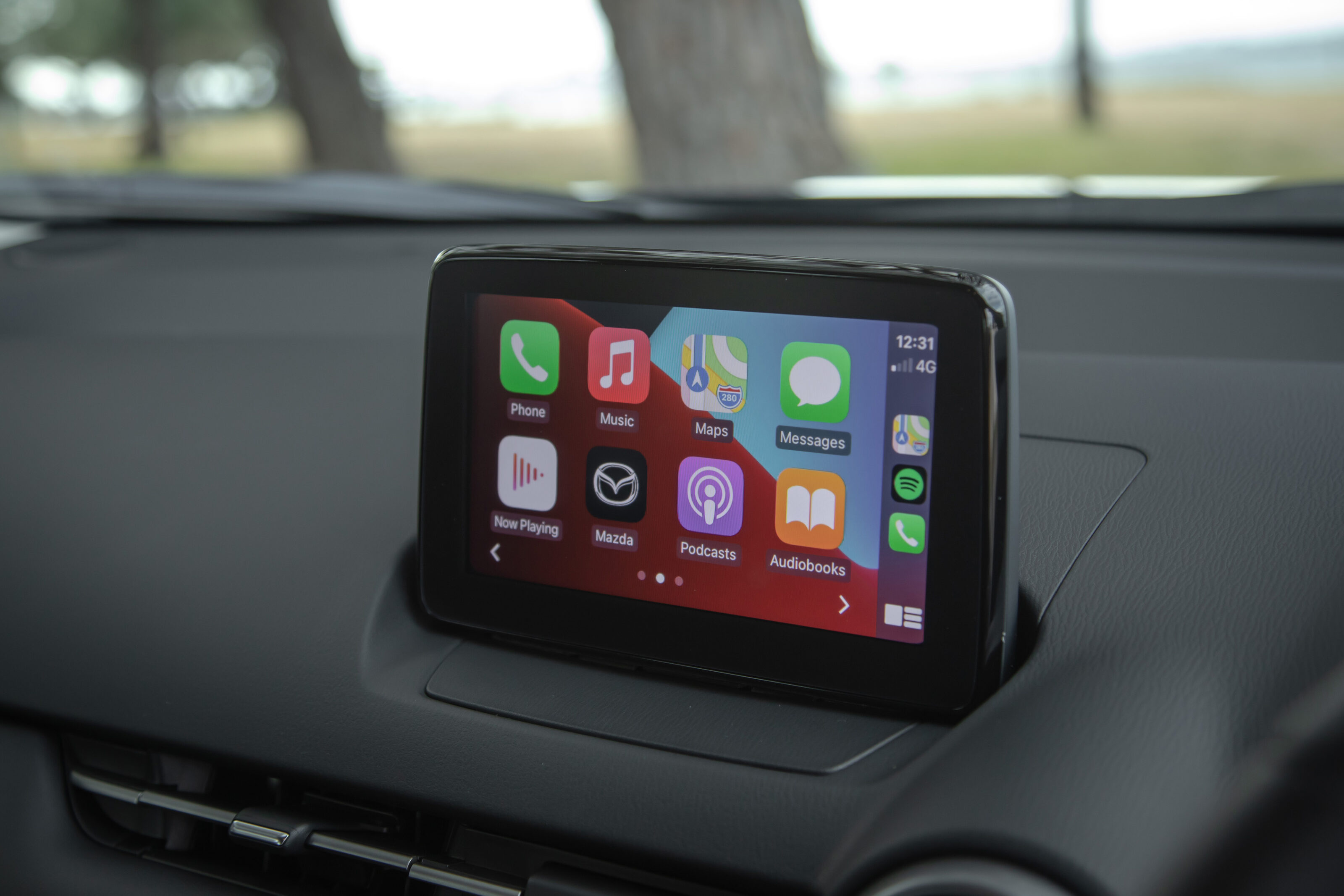
For your extra two-grand investment over Neo Sport, the Maxx Sport essentially adds 16-inch alloy wheels, auto functionality for the halogen headlights, rain-sensing wipers, a centre armrest (yes, really), leather steering wheel and shifter trim, climate control and proprietary sat-nav. Importantly, it also upgrades the safety fit-out to include the blind-spot monitoring and rear cross-traffic alert functions absent on the base CX-3, though you need to reach further up the range tree for active lane-keeping and niceties such as adaptive cruise control.
With the gate shut on the unpopular diesel, all CX-3s are powered by a single-spec 2.0-litre petrol four outputting 110kW at 6000rpm and 195Nm from 2850rpm, which is handily low in the rpm band for a naturally aspirated unit. Mazda’s preference for a conventional six-speed torque converter automatic is, in many opines, preferable to a CVT design that often makes for an unhappy marriage with the absence of forced induction, while opting for the six-speed manual saves two grand to the hip pocket. On-demand all-wheel drive, offered only in auto guise, commands a two-grand premium over our test subject’s configuration.
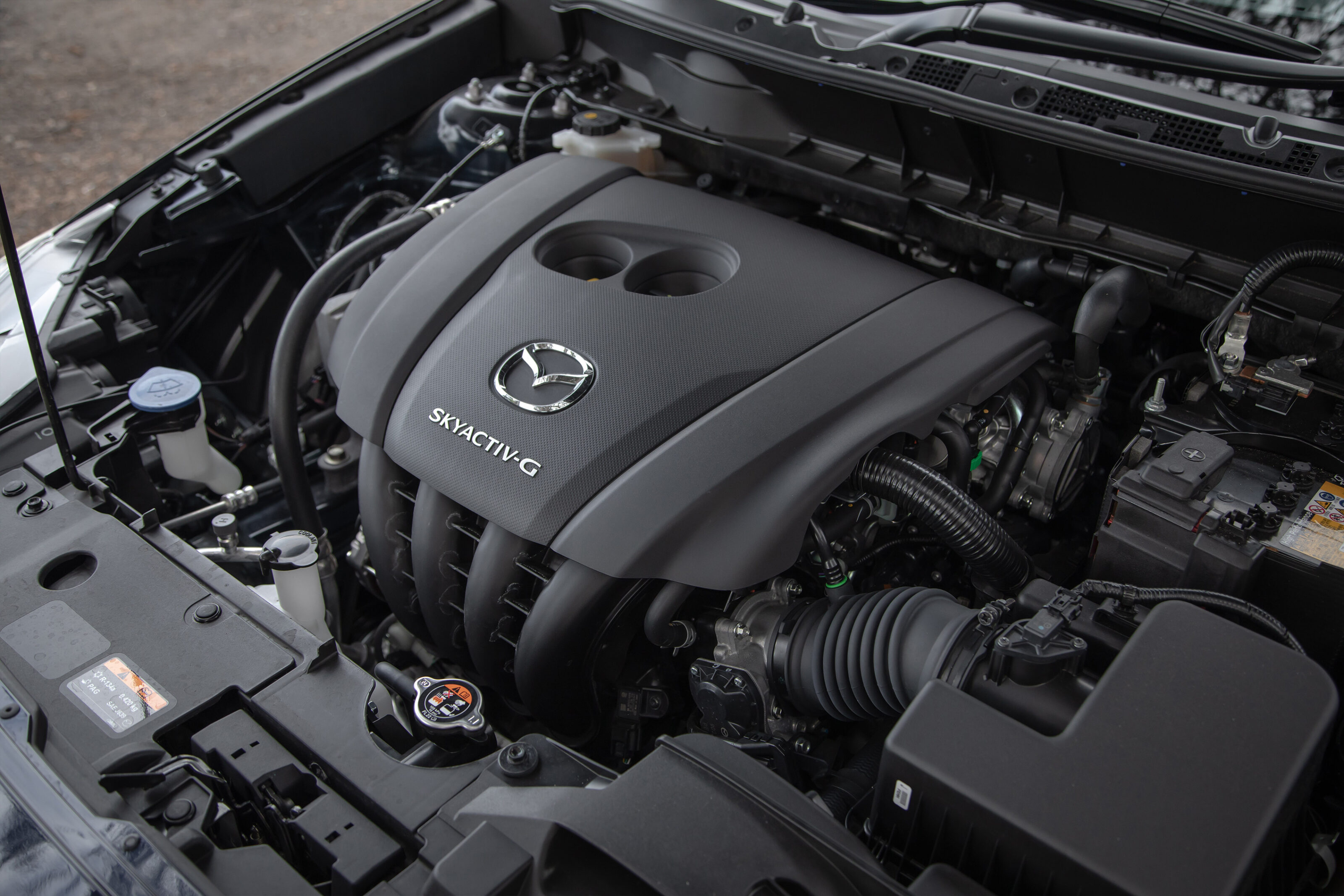
All-paw traction – though not necessarily ‘grip’ – brings a couple of stances, one being that SUVs should come with it. The counterpoint is that any benefit an on-demand, Tarmac-centric format brings to what’s ostensibly an urban runabout at its core is foisting perilously slim all-terrain credentials and unnecessary complexity that only really add to outlay and running costs.
On this, the Sport Maxx bum-dragger advertises 6.3L/100km combined consumption with our on-test figure firmly pinned at eight litres neat, while the same variant that spends the lion’s share of road time lugging around unused mechanical complexity and parasitic drag is, at a claimed best, a 6.7L prospect. Unless you live at the end of a nicely graded dirt or gravel road, which is about as formidable an off-road challenge the little Mazda might confidently tackle, really, why bother?

The CX-3’s plastic-cladding-as-fashion serves its Car Design Trick 101 by delivering an aesthetic sense of extended ride-height where there otherwise isn’t any. Despite its chunky 60-series Bridgestone Turanzas, the little five-door won’t negotiate off-road adventure with any extra aptitude than your average Mazda 2, with which it is largely technically common.
But as a road-goer, and a crossover in the sheer spirit of the term, there’s quite a bit of zoom-zoom in its nature, if almost all of it baked into the chassis and little of it rising to the occasion up through the engine bay.
Dynamics surely aren’t what many owners buy into with the CX-3 experience, but its sound and somewhat engaging character certainly charm, making for an endearing and highly cooperative urban punt if one that stops short at the gateway into genuine fun factor. Some compact and light offerings treat on-road competency as a distant afterthought and the Mazda transcends the humdrum by a fair measure.
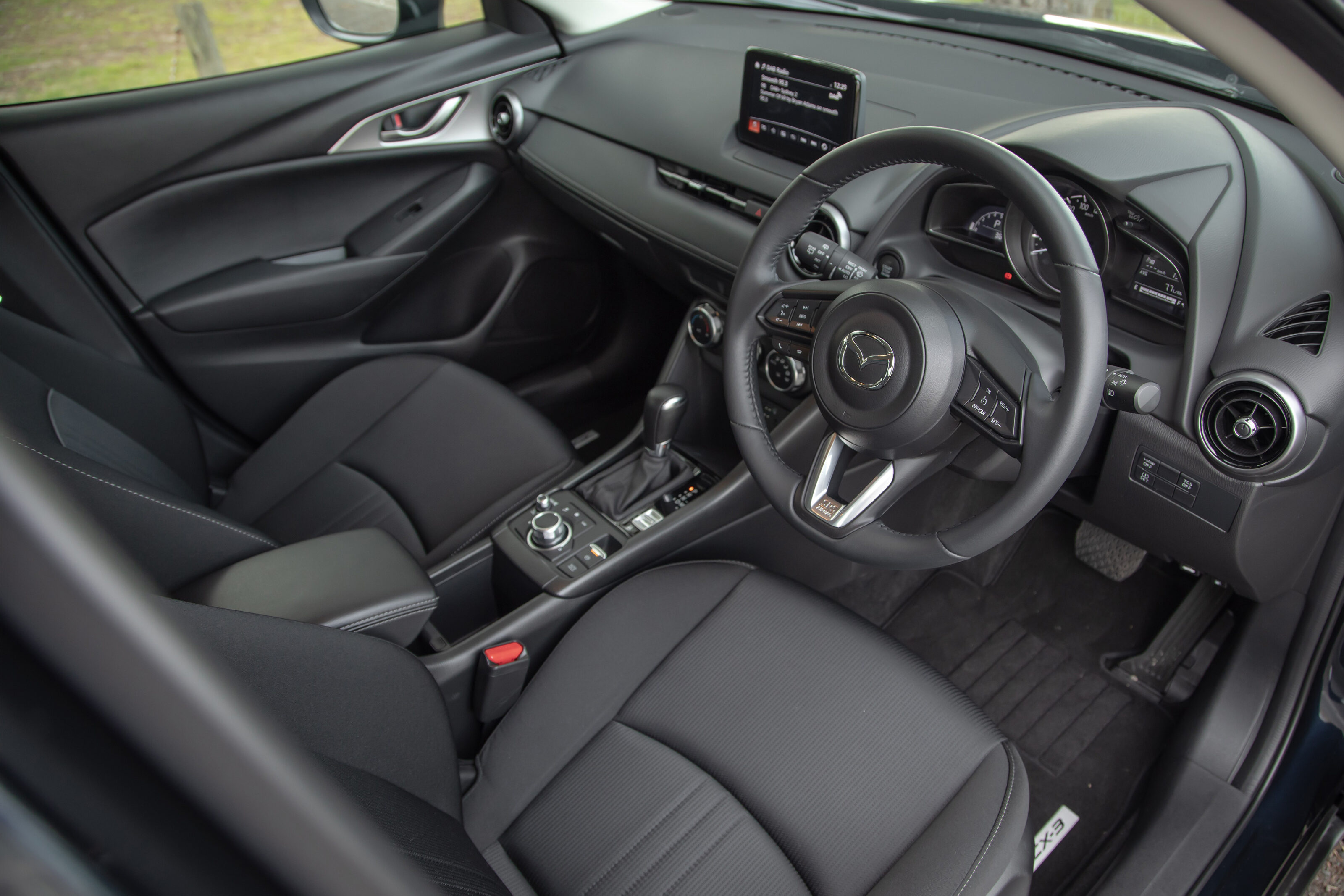
Its on-road enthusiasm centres around a chassis with firm body control and just enough purpose to mirror the CX-3’s sporty stylisms, not to mention the Maxx Sport namesake. There’s some clarity to its engagement, a decent sense of connection with the road and the steering is direct and satisfyingly even. Its predictable and somewhat surefooted nature, regardless of the prevailing conditions, is welcoming.
The CX-3 is also fundamentally decent in its approach to comfort, its slightly firm nature on the move tempered by a fairly accomplished primary ride quality that does a fine job of filtering out the small stuff. Where the underpinnings come a little unstuck is in suspension noise across bigger hits such as potholes and speed bumps.
As decent as it is to drive, the little five-door does feel a little old and down-market compared with some of Mazda’s more contemporary stock. It’s really a refinement issue, the CX-3 feeling a little cheap in areas of execution not found in the Mazda 3 and the CX-9, a compact SUV that doesn’t quite live up to the premium-ness the Japanese marque spruiks. It’s particularly evident in the average insulation from ambient and tyre noise – that is, when you actually can hear any of that over the engine whine…
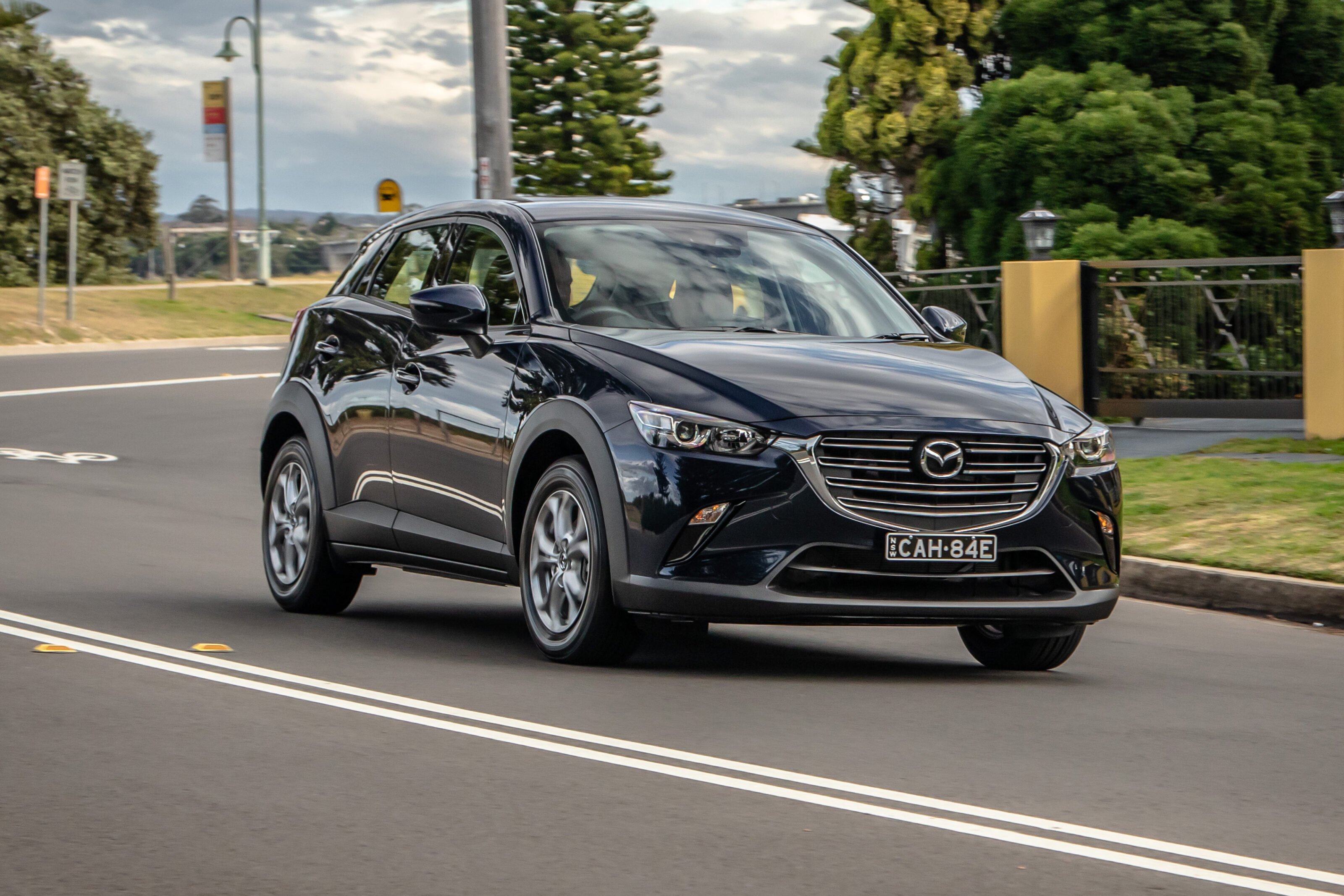
There’s a particular, bold metallic buzz to the engine that dominates a cold idle and just never dissipates regardless of how far you venture or how loudly you turn up the stereo attempting to drown it out. It’s unruly and quite the buzzkill.
It’s a workmanlike powertrain, the engine’s brisk (normal mode) or overly peaky (Sport mode) response following through with decent if flat mid-range that simply drums up a terrible ruckus if you squeeze the throttle and request any measure of enthusiasm. It’s not necessarily short on poke once you whip it up a bit, but the four-pot feels and sounds overly strained when tasked with acceleration and offers none of the dignity and relative effortlessness you get from small-capacity turbo engines that are fast becoming the preference for modestly sized SUVs and crossovers.
The CX-3 is also fundamentally decent in its approach to comfort, its slightly firm nature on the move tempered by a fairly accomplished primary ride quality.
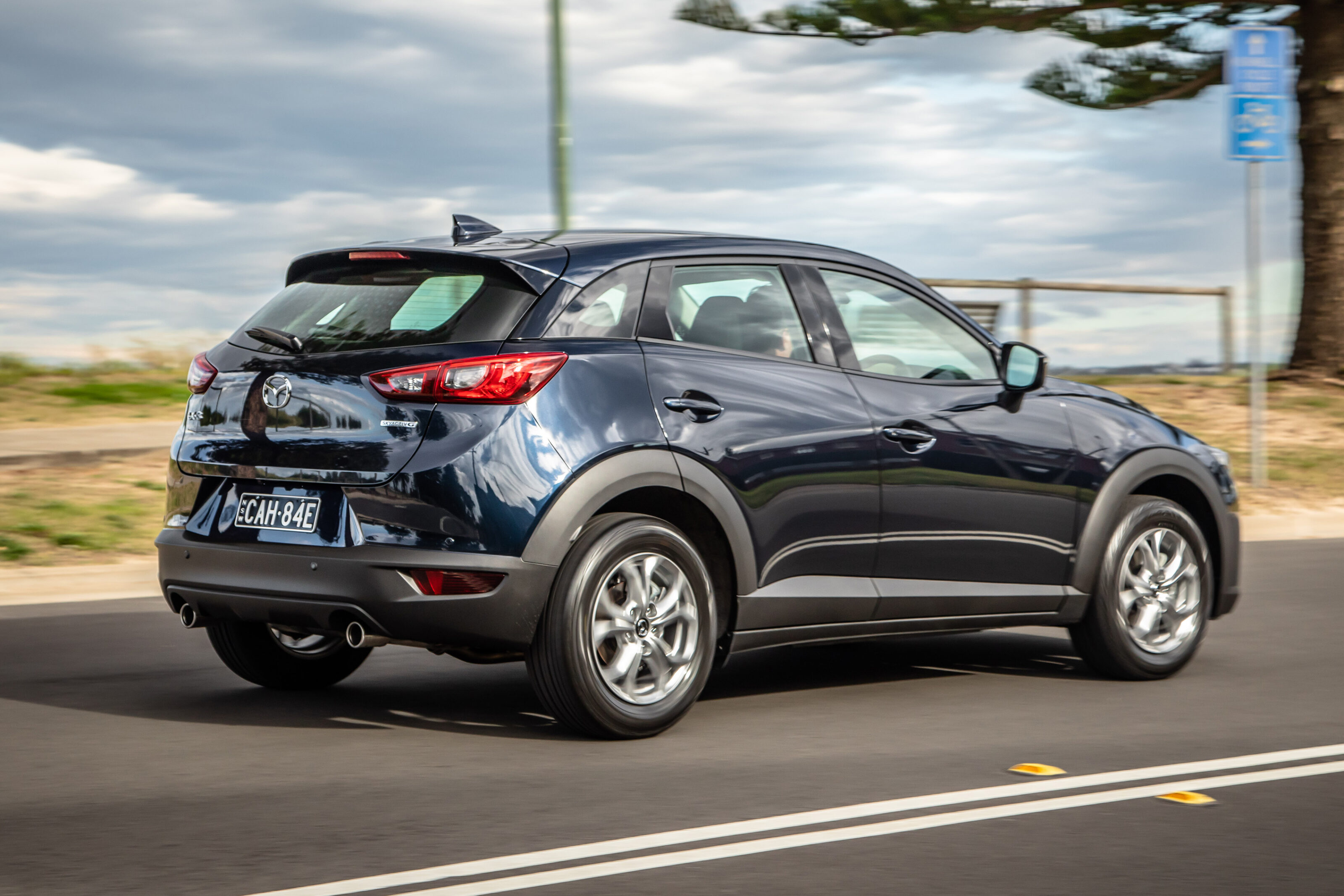
Not helping matters is the automatic transmission that faintly shunts on the upshifts, or the din the Mazda makes out on the open road at a cruising velocity on anything other than the smoothest of road surfaces. While the CX-3 isn’t exactly fatiguing on a long haul, its slightly unruffled nature makes it just a bit more tiresome than it ought to be.
None of this brings any sense of daisy freshness to this “new” CX-3, though the unchanged Maxx Sport styling has weathered time well. MY21 does bring a revised – and different – LE version based on this variant, with a new alloy wheel style, unique paintwork and multi-toned synthetic suede and leather cabin trim. It does want for an extra $500 over the regular Maxx Sport, so if you want some sense of newness and freshness you have to dig a little deeper for it.
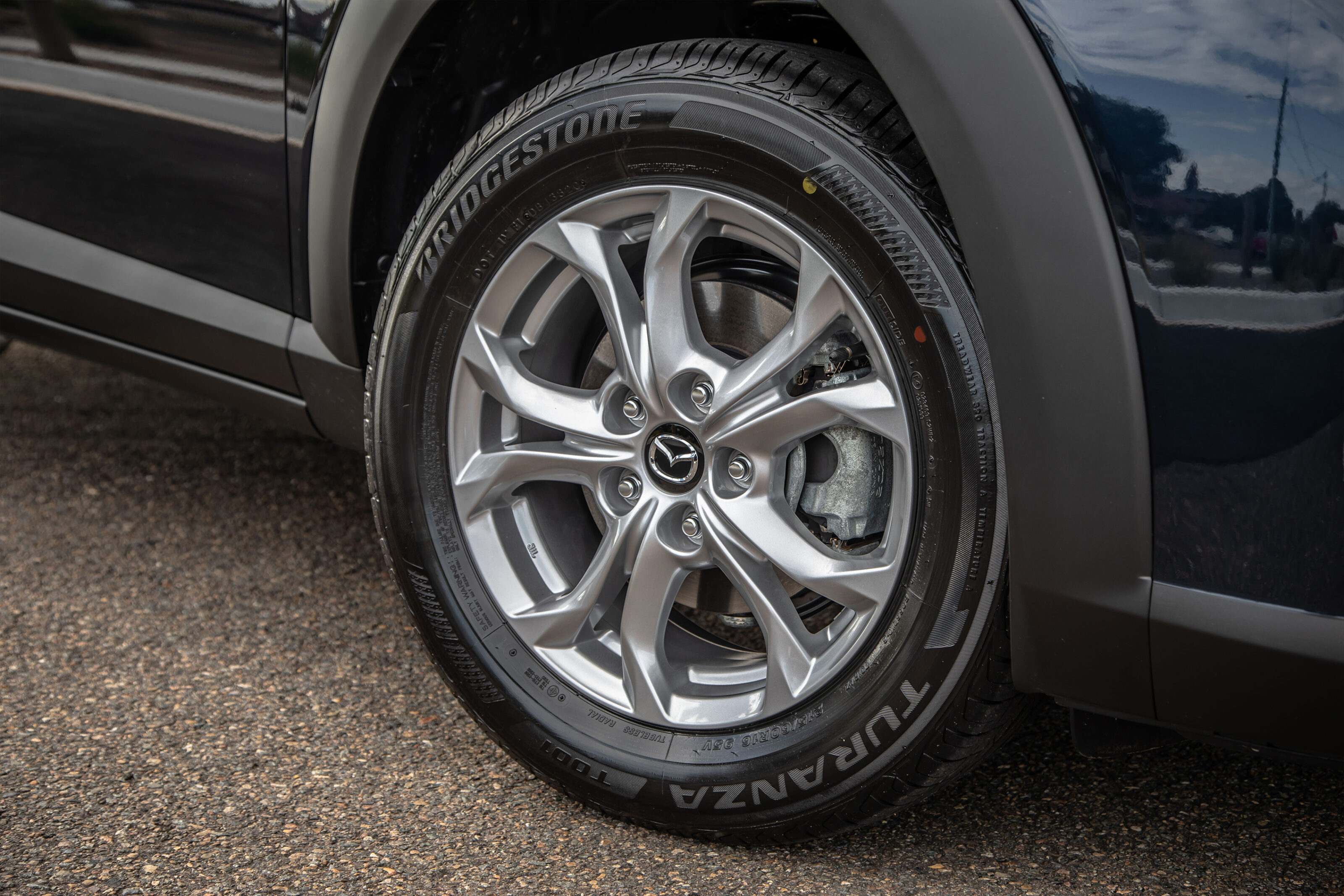
The adoption of an MX-5-style steering wheel, as part of the 2019 facelift, brought a conspicuous lift to a cabin design that’s been pleasingly sporty and stylistically mature since the CX-3 first arrived half a dozen years back. Bar some light console remodelling, not much has changed in the interim. While it still charms, the interior, like much of the rest of the package, isn’t quite as fresh as it once was.
It still retains its clean appearance, with fetching Euro-style circular air vents anchored by the pleasing instrumentation with its central analogue speedo roundel, if flanked by LCD screens with graphic content that could be lifted from a 1980s calculator.
Much of the cabin is minted in mostly monochromatic grey cloth and hardy plastic that is as bland as it is inoffensive. It does, though, feel solid and well put together, with a quality feel to the materials used and a pleasing tactility to the switchgear and controls. For clarity and basic functionality, it’s a nicely resolved cabin design, for the most part.
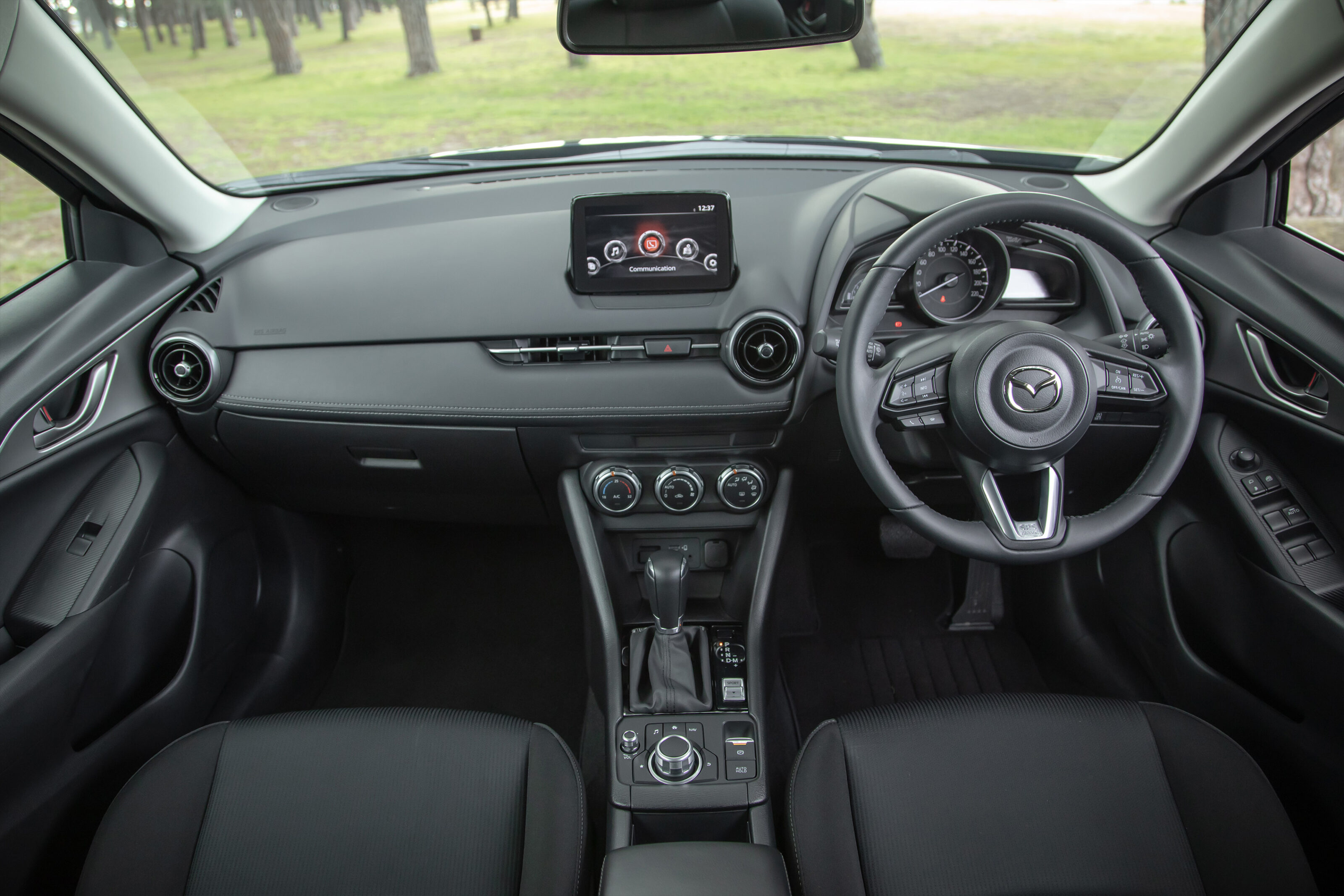
The inclusion of the previously optional Apple CarPlay and Android Auto is basic box-ticking for what is Mazda’s older touchscreen infotainment format. When you’re on the move, the smartphone mirroring is tied to Mazda’s time-honoured MZD rotary controller array and, frankly, it’s not the happiest technical marriage.
Smartphone mirroring functions well and as intended when using a touchscreen interface. Navigating app functionality using a remote rotary dial, as Mazda’s system forces you to do while the vehicle is in motion as it locks out the screen’s touchscreen access, is a clumsy and distracting mess.
When you’re on the move, the smartphone mirroring is tied to Mazda’s MZD rotary controller array and, frankly, it’s not the happiest technical marriage.
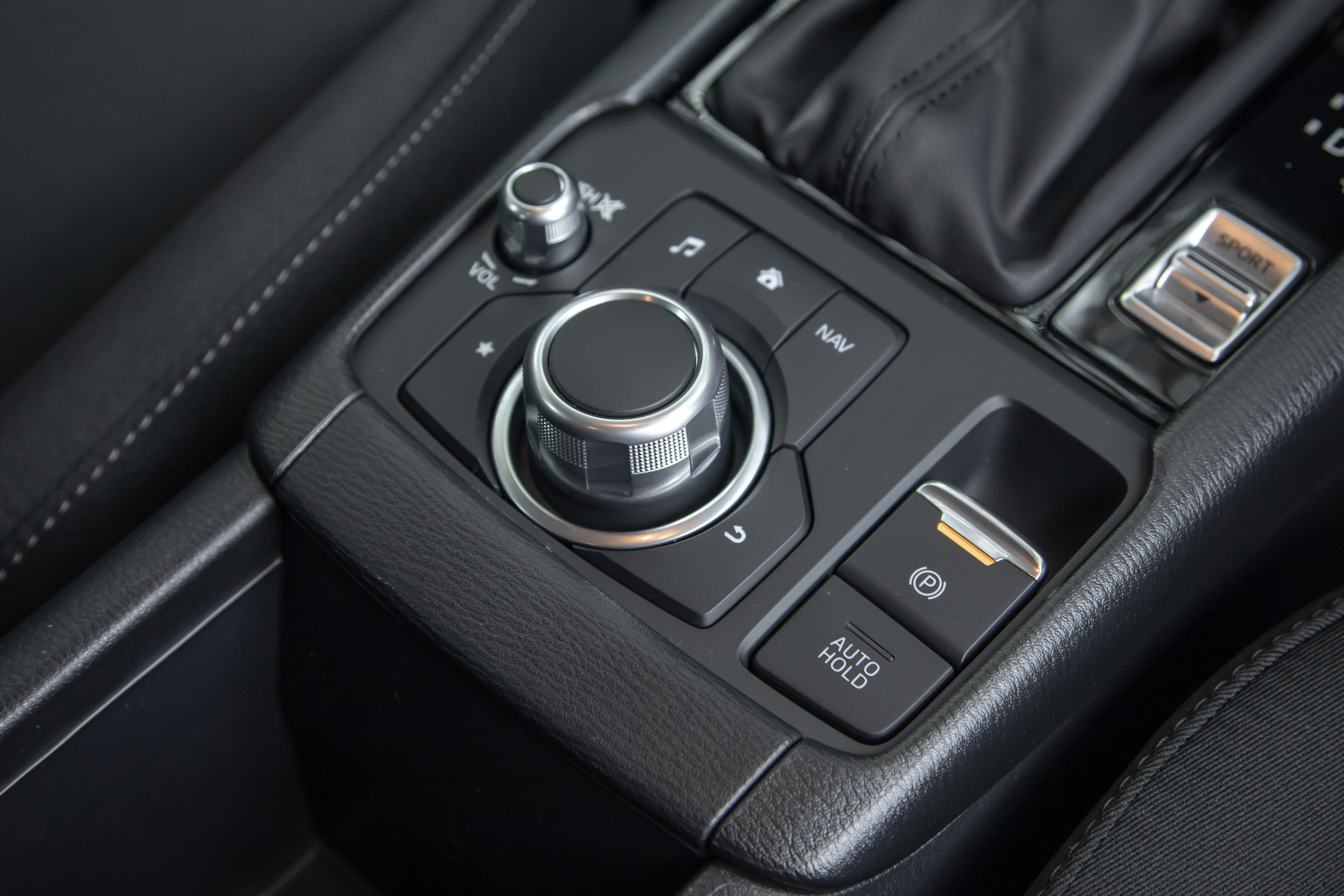
Packaging wise, the CX-3 plays a more convincing role as a crossover runabout than it does as a genuine SUV tasked with moving more than two adults. The first row is fine, with space enough to feel compact without a sense of claustrophobia, with a pair of decent enough seats that are now structurally closer to those of the current Mazda 3 than they once were.
Row two, however, is cramped. The short cabin affords precious little legroom for adults and the seatback forces an upright posture that’s less than ideal for extended accommodation. It’s not much chop for kids, either, given the lack of air ventilation and absence of device power, or the fact that the upswept window line obscures outward viewing for smaller children.
It’s a similar story in the boot space, which at 264 litres is small even by compact SUV measures and while perfectly fine for the weekly groceries, will struggle with some of the bulky addenda required to be lugged around for babies and toddlers.

Safety wise, the CX-3 range has a five-star ANCAP rating, assessed back in 2015, though as mentioned above not all variants are specified equally, the Maxx Sport missing out on lane departure warning and traffic sign recognition found further up the range.
In terms of ownership, Mazda offers a five-year, unlimited-kilometre warranty with roadside assistance. Servicing is every 12 months or an unusually short 10,000 kilometres – some rivals have much friendlier 15,000km intervals – and at an average of $355 per year across the first five years of capped priced servicing, it’s pricier to keep on the road than many competitors.
Packaging wise, the CX-3 plays a more convincing role as a crossover runabout that it does as a genuine SUV tasked with moving more than two adults.

VERDICT
The CX-3 continues to charm Aussie buyers and perhaps because of this evolution, even in lifecycle maturity, has become somewhat stagnant. And while MY21 brings a smattering of rolling changes, the culmination barely rates as an update let alone anything like certifiably ‘new’.
Sure, it’s unrealistic to expect much shake-up in what’s ostensibly a periodic touch-up, but without addressing powertrain refinement issues and merely applying Band-Aid fixes to infotainment are just two areas that suggest the little Mazda is happy to ride its sustained success into the sunset while barely rolling its arm over.
That’s fine for the business of motoring, but under a critical lens viewed from the buyers’ end of the equation, alternatives in the segment are becoming more and more compelling in what is a fast-moving landscape.
2021 Mazda CX-3 Maxx Sport FWD specifications
Score breakdown
Things we like
- Sporty charm
- Brand resilience
- Friendly handling
Not so much
- Gruff powertrain
- Cramped accommodation and boot space
- Compromised infotainment




